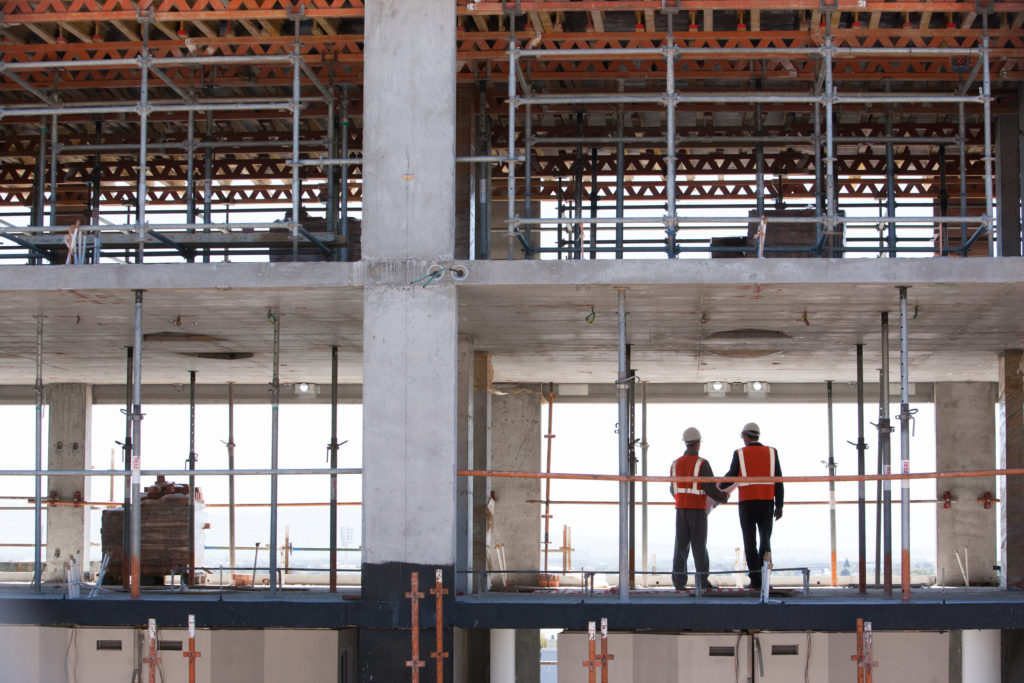Key points:
- Hiring activity has surged since its 19 April low, reflecting improvements in almost every sector.
- Sectors such as education, food preparation, retail, sales and personal care have boosted their posting share during the recovery.
- The composition of new job postings has shifted considerably over the past year, with stronger activity among personal care, retail, nursing and construction.
Hiring activity across Australia has improved considerably since mid-April. That period, directly following Easter and a month after COVID-19 restrictions began, was the country’s low point for both employment and hiring. But, as COVID-19 restrictions have lifted, new job postings have more than tripled, with sectors crippled by shutdowns leading the way.
On 31 July, new job postings, that is, those on Indeed’s Australia site for seven days or less, were tracking just 2% below last year’s trend. That compares favourably with the 73% gap on 19 April. The overall gap has consistently narrowed since then as Australia first managed to contain the spread of COVID-19 and then started lifting restrictions. In addition, new job postings are now tracking above last year’s trend in around one-sixth of all sectors.
Nevertheless, the composition of new jobs today differs notably from that before the crisis, probably because the financial impact of COVID-19 has been uneven. Certain sectors are better placed to recover from the recession, shaping the outlook for hiring and employment.
While hiring has improved, Australia is not yet out of the woods. A second COVID-19 wave across Melbourne, triggering a lockdown that will last until at least mid-September, threatens the jobs recovery. At the very least, it will hamper overall economic activity and hiring in Australia’s second-largest economic region.
Hiring in Australia has changed during the recovery
The composition of new job postings during the COVID-19 recovery has shifted back toward education, food preparation, retail and sales. Early in the crisis, restrictions on economic activity temporarily limited hiring in these areas, along with many others.
The share of new postings for education jobs has increased 2.9 percentage points since April 19, from 4.1% to 7.0%. That’s a welcome development for jobseekers in a sector that has faced considerable uncertainty in recent months. The posting share for food preparation rose by 2.0 percentage points, sales by 1.8 percentage points and retail by 1.6 percentage points.
In every sector with increasing posting share, new opportunities have been growing rapidly. To increase share, a sector must grow faster than the national average — no small feat when postings nationally have more than tripled since 19 April.
Other sectors are losing posting share, including several deemed essential during the crisis. Medical roles feature prominently in this group. New job posting share for nurses plunged 4.1 percentage points from 9.5% to 5.4%. Meanwhile, therapy’s share dropped 1.5, medical technician 1.2, pharmacy 0.6 and physicians and surgeons 0.6 percentage points.
This doesn’t mean the healthcare sector is doing poorly. And it certainly doesn’t suggest that medical job postings have plummeted. The explanation is that medical roles, particularly nursing, were in relatively high demand early in the crisis. These jobs never experienced the same decline that sectors such as hospitality and retail did.
The same holds for driving positions. Drivers were in high demand early in the crisis delivering food and packages while people sheltered in their homes. Thus, a hiring recovery hasn’t occurred for drivers because they never had a big drop in postings.
Australian hiring has not yet returned to ‘normal’
Even though job postings have surged in recent months, the job market has not yet returned to normal. Hiring volumes are still below pre-crisis levels and the types of jobs created differ significantly.
Comparing the composition of job postings today with that of a year ago shows how the jobs market has shifted and which industries have recovered the fastest. Using one year ago as a baseline rather than a date immediately before COVID-19 limits the distorting effects of seasonal hiring patterns.
The job posting share of many healthcare occupations is higher today than a year ago, even though those shares have come down from where they were in mid-April. Nursing was the seventh-biggest sector for new job postings in the week ended 24 July compared with eighth a year ago and first at the crisis peak. Meanwhile, the share for personal care jobs has increased by 2.3 percentage points.
Construction is also punching above its weight by historical standards. Its posting share is up 0.4 percentage points from last year, reflecting a combination of minimal interruptions during lockdown and stimulus measures supporting renovations and new construction.
Job postings in beauty and wellness fell sharply early in the crisis, but have rebounded so quickly that the category’s posting share is now higher than a year ago. That suggests the sector may be playing catch-up by hiring aggressively after a period when employers couldn’t take on anyone at all. Retail might also fit into that category, particularly given traditionally high turnover among casual staff.
Although the posting share for education, sales and food preparation has increased in recent months, their share remains well below last year’s level. Food preparation’s share is down 1.0 percentage points against, followed closely by education at 0.9 percentage points. Education from childcare to tertiary education has faced great uncertainty, making it difficult for employers to set hiring plans.
Posting share for management jobs has dropped 0.6 percentage point over the past year, accounting for 8.5% of postings in the week ended 31 July, compared with 9.1% a year ago. Nevertheless, management has regained its status as the sector with the highest posting volume. At the height of the crisis, it briefly lost the top spot to nursing.
Will the hiring recovery continue?
Australia has made great strides on the path to recovery. Hiring has surged across the country, although it remains below pre-crisis levels in most sectors. Sectors hardest hit by pandemic-related restrictions, such as food preparation and retail, have boosted their posting share significantly since 19 April.
Yet, the post-crisis hiring landscape differs from traditional hiring trends, with healthcare occupations, such as nursing and medical technician, more prominent than might be expected based on their historical posting share. Construction also fits that pattern.
Hiring will continue to evolve over the second half of 2020. Most sectors and states should see improvement, but COVID-19 still looms over a jobs recovery. The renewed lockdown in Victoria demonstrated this in dramatic fashion.
Our data is already showing the impact of Victoria’s second lockdown, creating a divergence between Victoria and the rest of the country. That’s likely to persist for the remainder of the year. Yet the possibility of flare-ups in other parts of the country cannot be discounted, creating a cloud of uncertainty hanging over Australia’s jobs recovery.
Methodology
To measure trends in new job postings, defined as job postings on Indeed’s Australia site for seven days or less, we calculated the seven-day moving average of the number of AU job postings on Indeed. We compared this moving average over three time periods: 24 July 2019, 19 April 2020 and 24 July 2020.
The low point in the hiring cycle, 19 April 2020, reflected both the lowest volume of new job postings and the widest gap between this year’s and last year’s posting trend.
Sector analysis is determined by calculating the share of new Australian job postings for each sector and over each time period.






